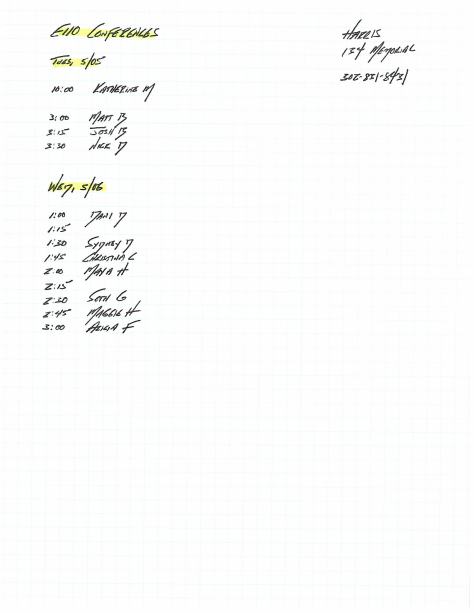Responding to e2d2
In your writing groups: Please exchange drafts so that each author has their own piece with three sets of comments.
Round One
Writers: Read through the beginning comments on your piece and make notes. Jot down three ideas you now have about revising your piece that you’d like to ask your readers about. At least one of these questions must respond to:
- Comments from two or more of your readers;
- An issue that concerns you, but that none of your readers has yet to mention.
When you’re ready, chat together as a group. Each writer should begin the discussion of their essay by asking their three questions/ideas. The readers should respond, and you can go from there.
Round Two
Read through the suggested changes that your readers have made to your text. Decide:
- Which changes you will make;
- Which you will ignore;
- Which you need to think more about.
Quick Write
Add, cut, change, move. Identify at least three points in your draft where you might make one of these moves in revision.
Thinking About Style: Topics, Cohesion, and Paragraphs
Underline or highlight the topic of each of the sentences in your essay. The topic of a sentence is what it is about, what the rest of the sentence comments on. It usually—but not always—appears near the beginning of the sentence (or clause), and is often its subject. (See this example from Woolf.)
List the topics of the sentences in your essay. Each of your paragraphs should consist of a cluster or series of clearly linked and connected topics. When your topics shift, you should probably start a new paragraph.
To Do
- Fri, 5/01, 4:00 pm: Email me your revising plan (w5). I will reply by by Mon, 5/04. If after reading my comments, you feel you’d like to talk more with me, then email me back.
- Tues, 5/05, class: Come to class with a print copy of the current version of your second essay. We will work closely with them.
- Tues, 5/05, 10:30–12:00, and 3:00–4:00: Optional conferences with me.
- Wed, 5/06, 1:00–3:00: Optional conferences with me.
- Thurs, 5/07, class: Come to class with a print copy of the current version of your second essay. We will work closely with them.
- Mon, 5/11, 11:00: Submit e2d3 to Dropbox.
- Tues, 5/12, class: Last class! Sum up, reflections, etc.



